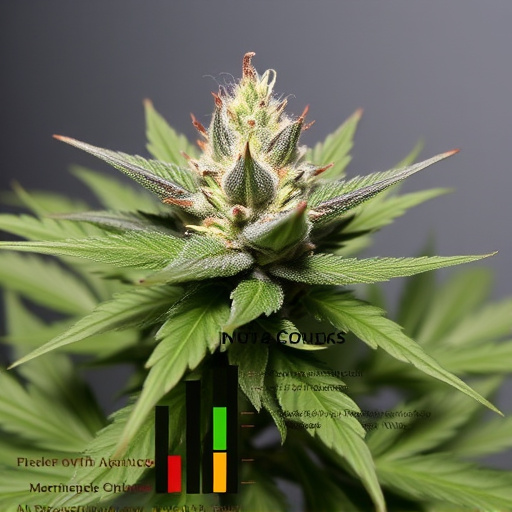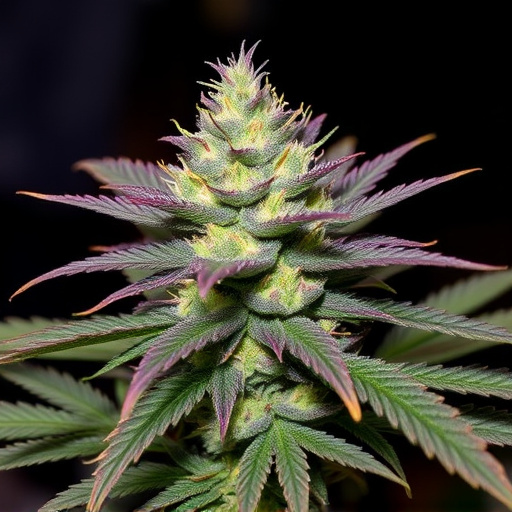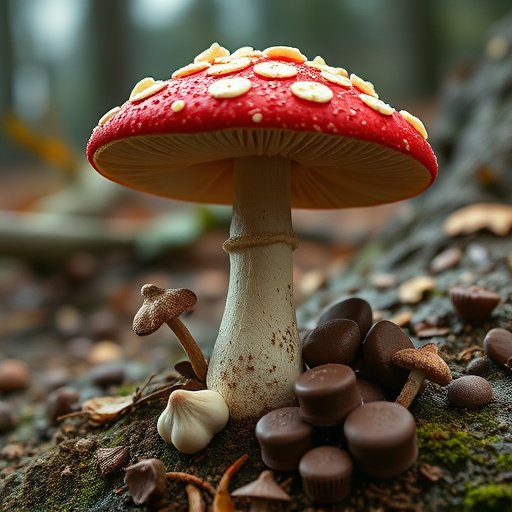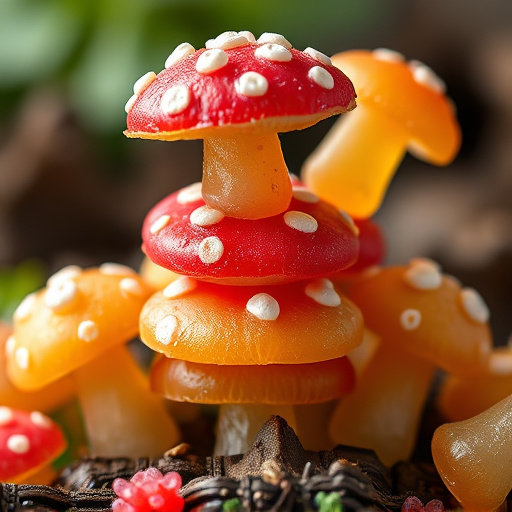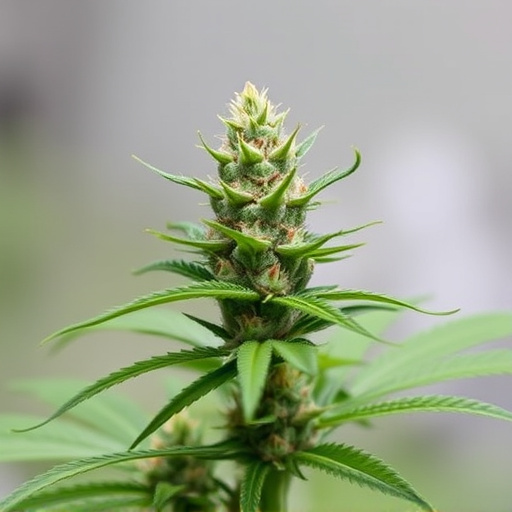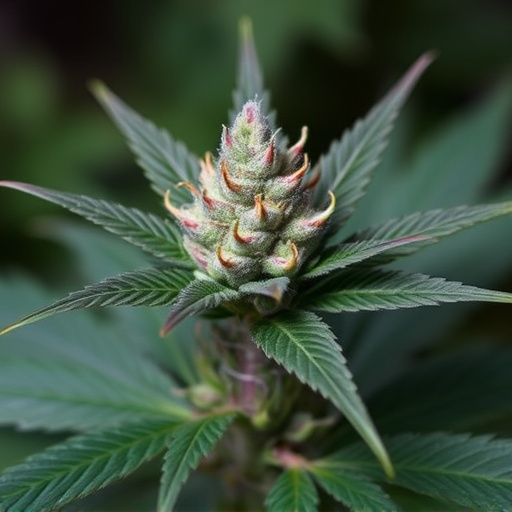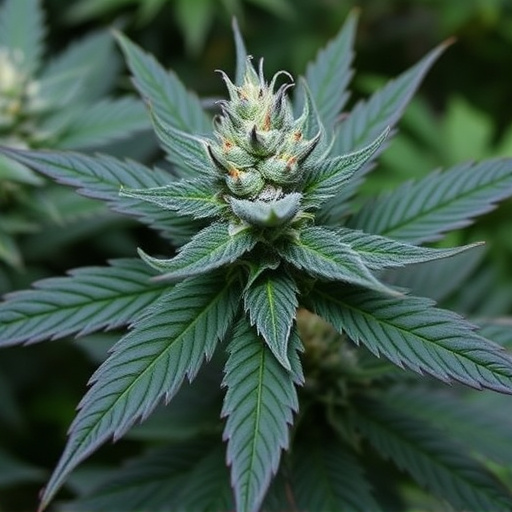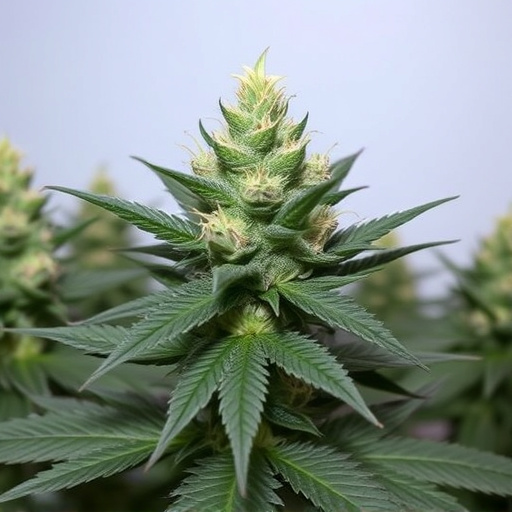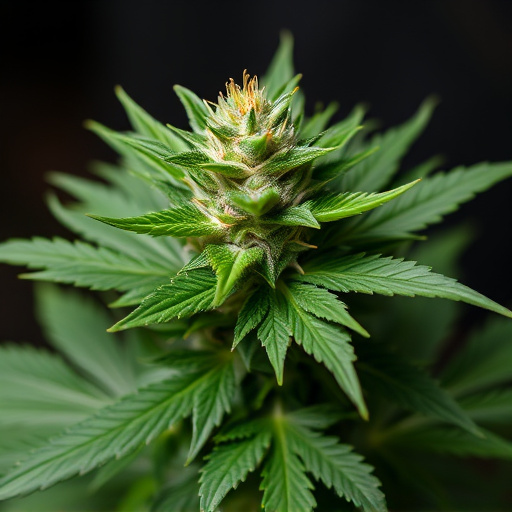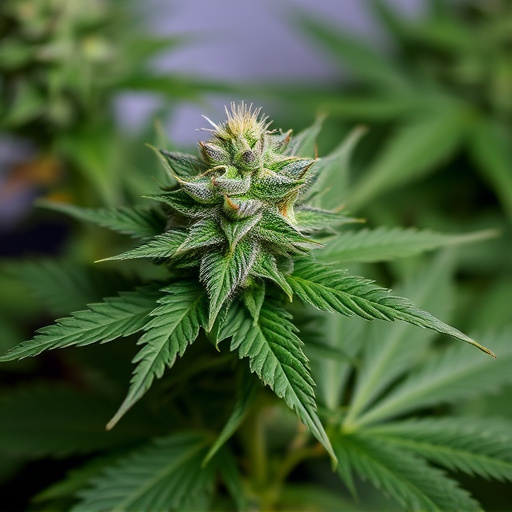Cannabis flowers contain cannabinoids like THC and CBD, which interact with the human endocannabinoid system to produce varying effects on the body and mind. THC offers psychoactive benefits like euphoria, while CBD provides therapeutic advantages such as anxiety reduction and inflammation relief. Individuals can customize their cannabis experience by exploring different best tasting cannabis strains, tailored to specific outcomes whether seeking relaxation or creativity. Terpenes, contributing to cannabis' unique flavors and aromas, further modulate these effects, ensuring a personalized high.
“Unraveling the diverse world of cannabis flower and its unique impact on individuals is a fascinating journey. Cannabis, with its complex mix of cannabinoids like THC and CBD, along with terpenes, offers a wide spectrum of effects. This article explores how these compounds create diverse experiences, from the best tasting cannabis strains known for their flavors to individual variations shaped by genetics and setting. Understanding these factors empowers users to navigate and personalize their cannabis journey.”
- Understanding Cannabis Compounds and Their Effects
- – The role of THC, CBD, and other cannabinoids
- – How terpenes interact with the body and enhance effects
Understanding Cannabis Compounds and Their Effects

Cannabis flowers contain a complex array of compounds, most notably cannabinoids like THC (tetrahydrocannabinol) and CBD (cannabidiol), each with unique effects on the human body and mind. These compounds interact with our endocannabinoid system, influencing various physiological processes. For instance, THC is known for its psychoactive properties, inducing feelings of euphoria and relaxation, while CBD has gained popularity for its potential therapeutic benefits, including reducing anxiety and inflammation.
When it comes to understanding how cannabis affects individuals, the diversity of experiences is vast. Factors like personal tolerance, metabolism, and even genetics play a role. Some may find solace in calming effects, ideal for managing stress or insomnia, while others might appreciate the energizing and creative boost offered by certain best-tasting cannabis strains. Exploring different strains and their profiles can help users tailor their experience to desired outcomes.
– The role of THC, CBD, and other cannabinoids
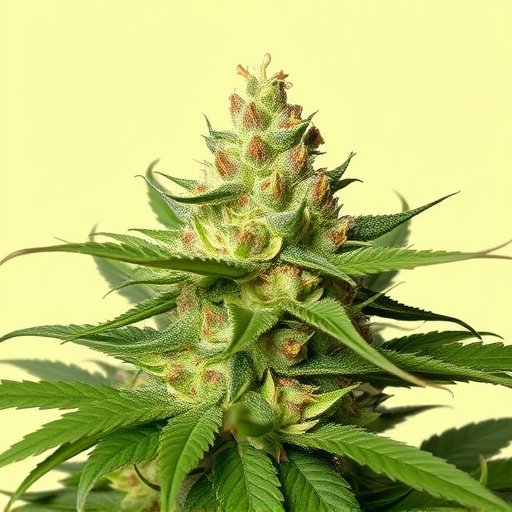
Cannabis flowers contain a complex mixture of chemical compounds known as cannabinoids, each with unique effects on the human body and mind. Two of the most well-known cannabinoids are THC (tetrahydrocannabinol) and CBD (cannabidiol). THC is primarily responsible for the psychoactive or “high” effects associated with cannabis use, influencing mood, perception, and memory. It binds to specific receptors in the brain, triggering a range of sensations from euphoria to heightened senses.
On the other hand, CBD doesn’t produce psychoactive effects but has gained significant attention for its potential therapeutic benefits. Research suggests that CBD interacts with the endocannabinoid system, which plays a role in regulating mood, appetite, and pain perception. Many people prefer high-CBD strains, often sought after for their calming, anti-anxiety properties without the mental impairment typically associated with THC. Exploring different cannabinoids and their effects is essential when seeking the best tasting cannabis strains that align with individual preferences and desired outcomes.
– How terpenes interact with the body and enhance effects
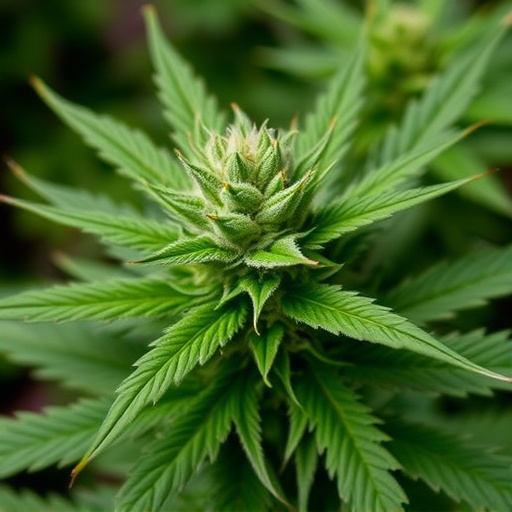
Cannabis flowers offer a diverse range of effects due to the complex interplay of various chemical compounds, among them terpenes. These aromatic compounds are responsible for the unique scents and flavors associated with different strains, often referred to as the best tasting cannabis strains. Terpenes don’t just appeal to our senses; they actively interact with the body’s endocannabinoid system (ECS), enhancing or modulating the effects of cannabinoids like THC and CBD.
For instance, myrcene, a common terpene found in many indica strains, is known for its sedative properties and may contribute to feelings of relaxation and sleepiness. Meanwhile, limonene, prevalent in sativa-dominant varieties, has uplifting and energizing effects, often stimulating mental clarity and focus. This interaction between terpenes and the ECS explains why two individuals can smoke the same strain but experience vastly different highs, highlighting the personalized nature of cannabis’s effects.
Cannabis flower’s impact on individuals is a complex interplay between various compounds, including THC, CBD, and terpenes. Each person’s unique biochemistry and tolerance level contribute to diverse effects, making it challenging to predict the experience. However, exploring different strains, known for their best tasting profiles, can provide a personalized journey through cannabis’s therapeutic potential. By understanding these compounds and their interactions, users can make informed choices, ensuring a positive and tailored experience, whether seeking relaxation or specific medical benefits.
